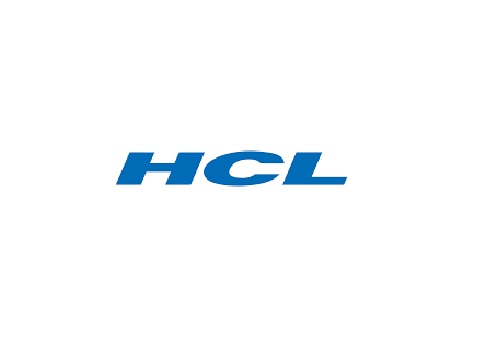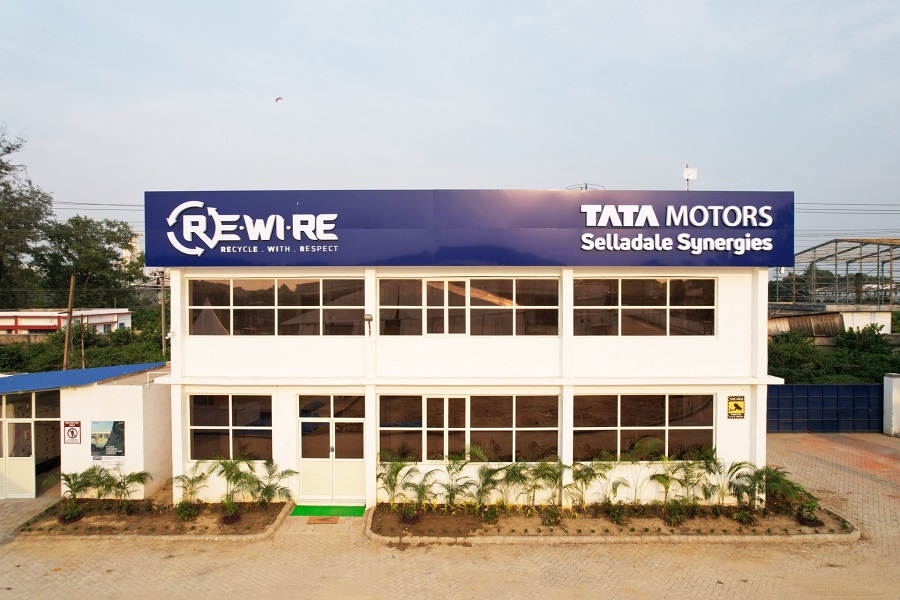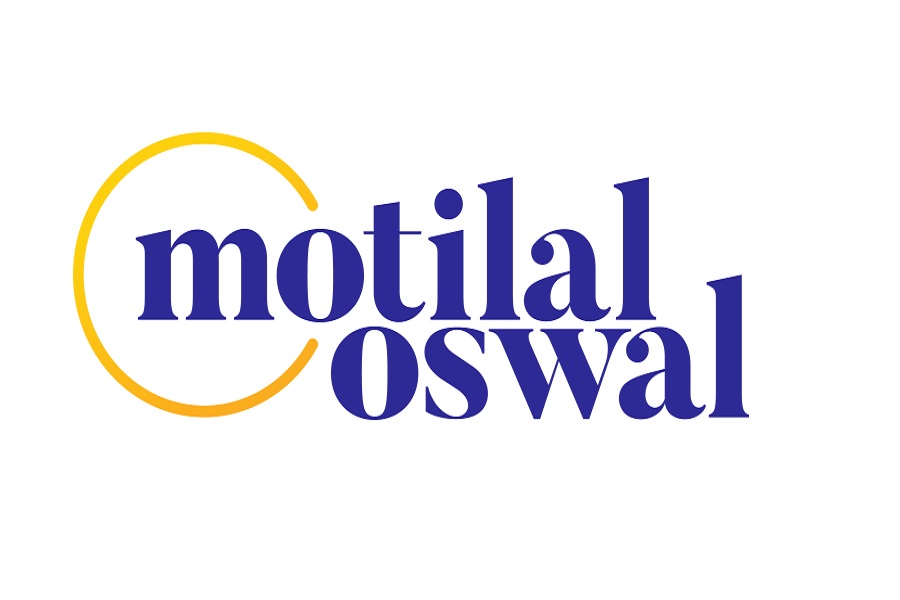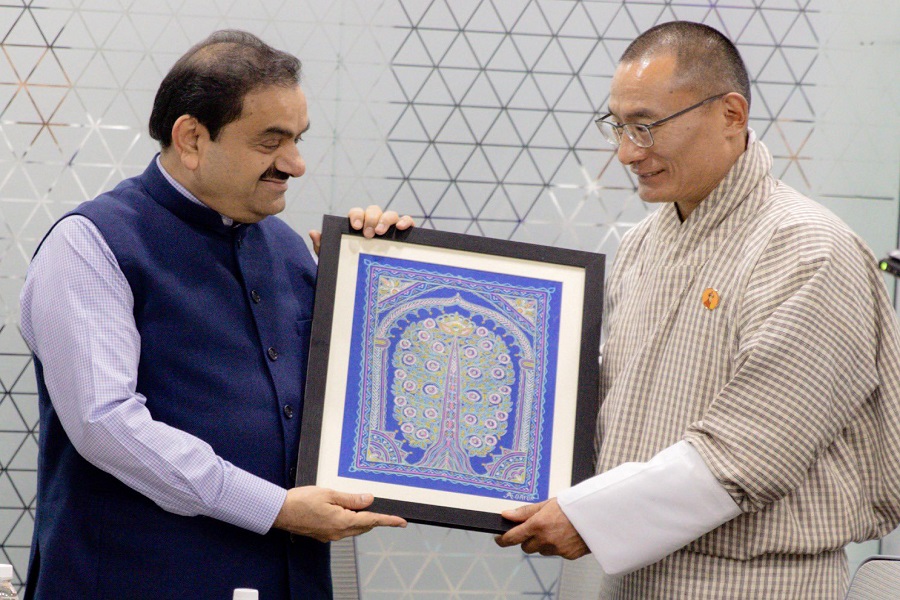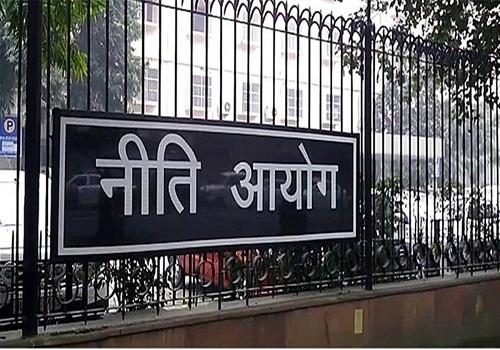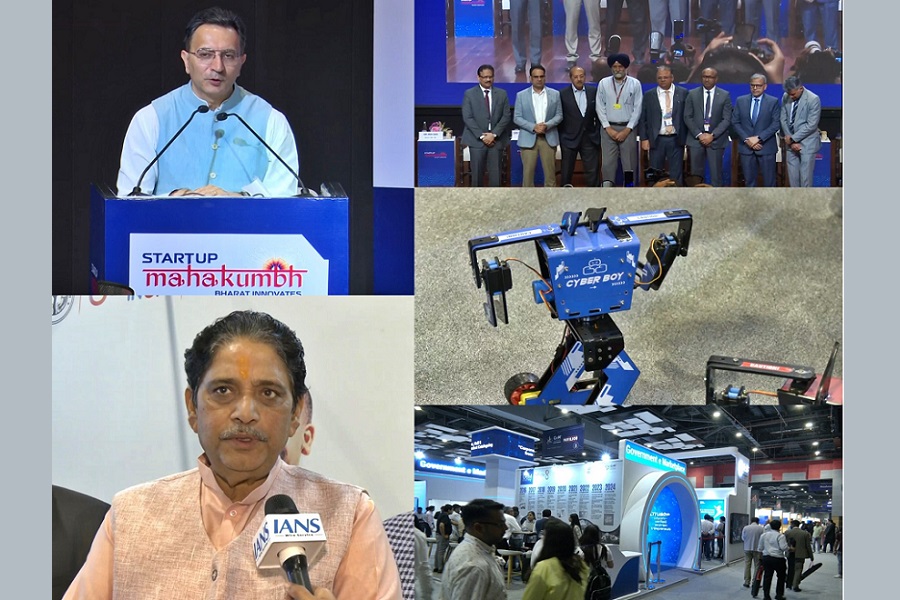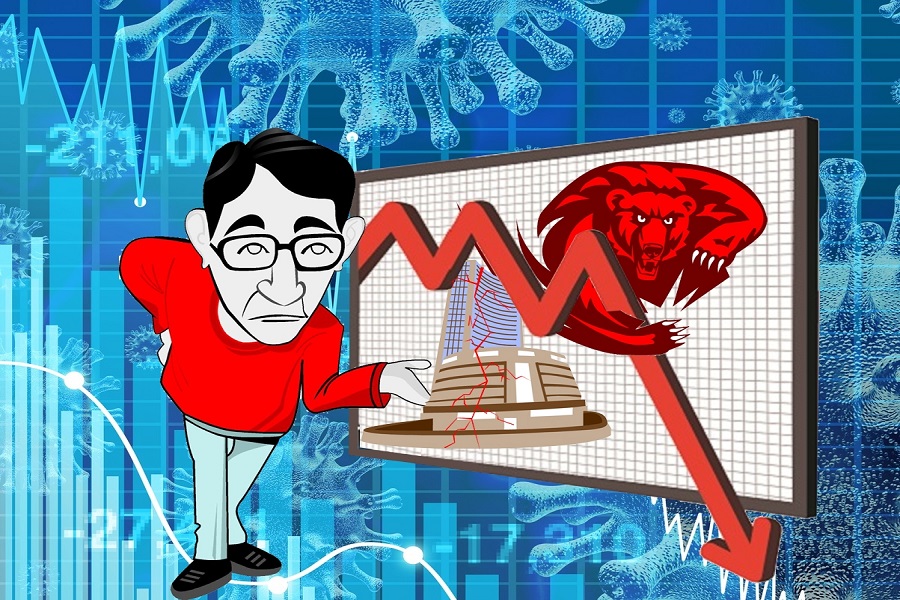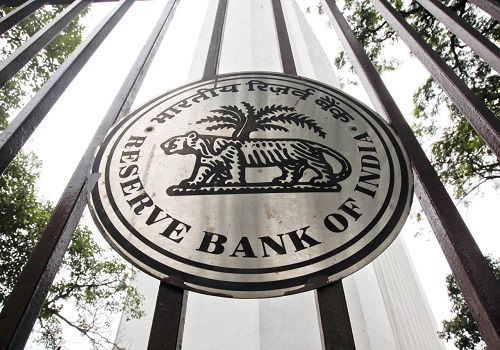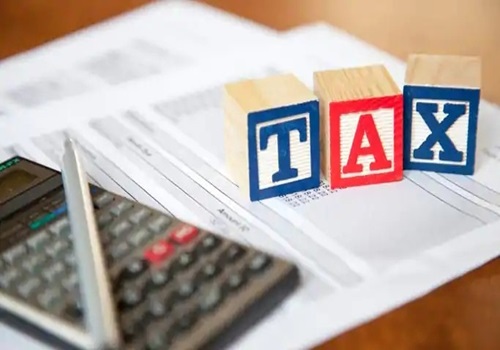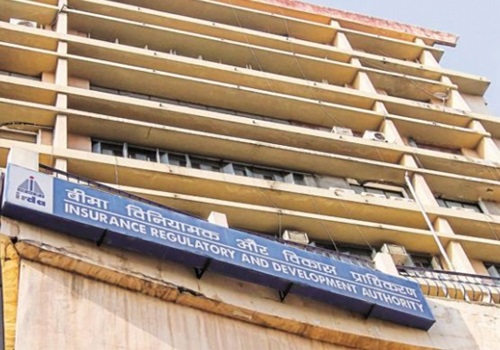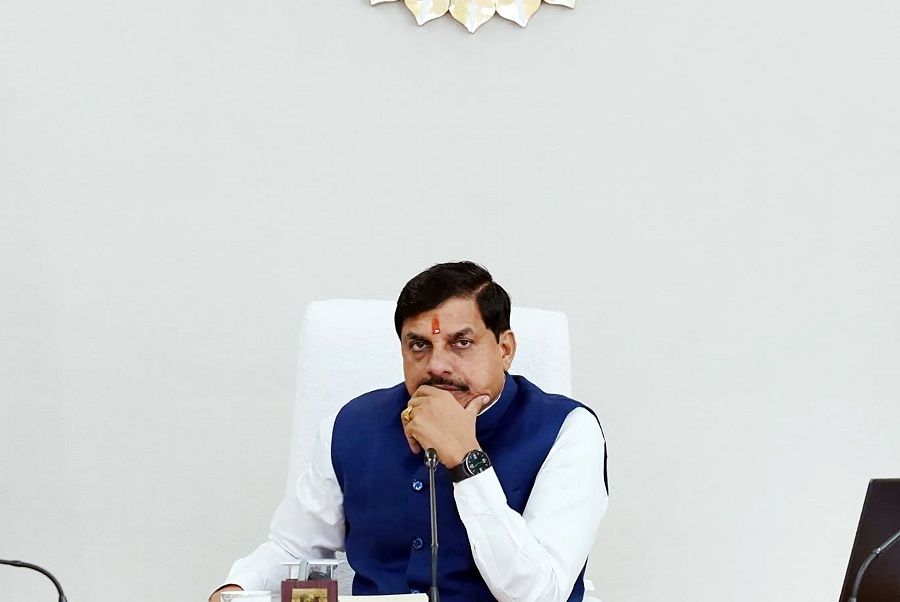RBI`s Hawkish Pause Continues By CareEdge Rating

In line with the expectations, the Monetary Policy Committee (MPC) of the Reserve Bank of India (RBI) has unanimously decided to maintain the benchmark repo rate at 6.5% during the October bi-monthly policy meeting. Concurrently, the MPC has upheld its stance at 'withdrawal of accommodation' with a 5:1 majority. Notably, the policy's wording had a hawkish undertone as the governor sounded cautious about inflation and indicated the RBI's intention to keep the liquidity conditions tight.
Considering the prevailing circumstances, the decision to maintain the status quo seems reasonable. The surge in inflationary pressures due to price volatility in the food basket has pushed inflation prints above the RBI’s upper target band in July and August. However, the uptick is likely to be transitory as the vegetable prices corrected partially in August, and the trend also continued in September. Having said that, some components of the less volatile part of the food basket, like pulses, cereals, and spices, continue to exhibit double-digit price growth.
The domestic growth conditions remained resilient in the first quarter, led by robust consumption demand and public capital expenditure (capex). However, downside risks to domestic demand, especially in the rural parts, remain high due to a skewed distribution of monsoon and higher inflationary prints. External headwinds will also keep export demand muted as global trade is expected to slow. The transmission of the previous policy rate hikes is not yet complete. Hence, the RBI has adopted a prudent wait-and-watch approach to systematically assess the evolving economic trends before announcing a change in policy rate and stance.
Growth Projections Remains Unchanged Despite Headwinds
On the demand front, urban consumption continued to perform well while rural demand is showing signs of revival. The Q1 FY24 GDP figures indicate a robust growth rate of 7.8%, up from the 6.1% recorded in Q4 FY23. Notably, private consumption expenditure has exhibited a strong expansion of 6%, marking a substantial improvement from the modest 2.8% growth observed in the previous quarter. The RBI retained its GDP forecast for FY24 at 6.5% as aggregate demand conditions and public capex continue to remain buoyant. Deleveraged corporate balance sheets and rising capacity utilisation in the manufacturing sector lay the ground for a pick-up in private investment. India’s manufacturing PMI continues to remain in an expansionary zone despite some easing as per the latest data. Even services export continues to perform well
However, downside risk to domestic demand emerged with the uneven progress of monsoon, higher borrowing costs, and high food inflation. External headwinds from slowing global demand, coupled with volatility in the financial market and evolving geopolitical conditions across the globe, continue to pose a risk to the overall outlook. However, the RBI sounded confident that India is in a much better place to manage volatility given the comfortable foreign exchange reserves.
Even though the repo rate has been hiked by 250 bps since May 2022, the weighted average lending rate of scheduled commercial banks have risen by 108 bps and 196 bps for outstanding and fresh rupee loan, respectively. Due to a lag in monetary policy transmission, the impact of the previous policy rate hikes is yet to be fully visible in the economy. As new economic headwinds have emerged, a fresh rate hike was not warranted.
RBI Remains Cautious about Inflation
In August, India's retail inflation moderated to 6.8% from a high of 7.4% in July. This moderation was primarily attributed to decreased vegetable prices, which had surged in July as erratic rainfall affected the harvest. However, with the arrival of a fresh harvest, vegetable prices continue to soften in September. The government's supply-side interventions in the form of ban on export of non-basmati rice and ban on wheat exports; and recent reduction in LPG cylinder prices will help stem inflationary pressures. The RBI also took comfort from the fact that core inflation has softened, and the household inflationary expectations continue to moderate, entering single-digit value for the first time since the pandemic. However, there are upside risks to inflation stemming from lower progress in kharif sowing of pulses and onion, a fall in crop yield due to weather-related disruptions, and global volatility in energy prices. The governor has emphasized that uncertainties cloud the overall inflation outlook as he reiterated that the MPC's inflation target is 4%, not the upper tolerance band of 6%. Thus, the RBI will maintain a close watch on the evolving inflation dynamic.
Above views are of the author and not of the website kindly read disclaimer
